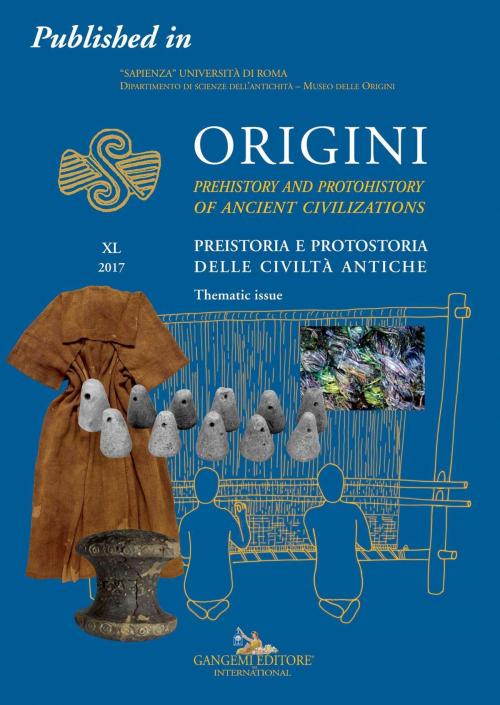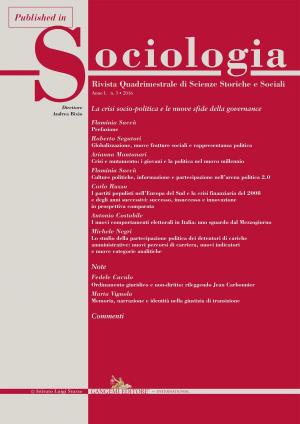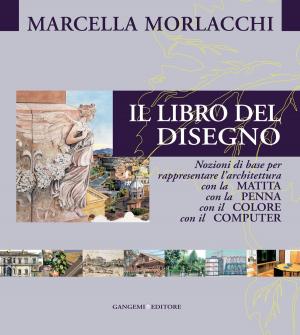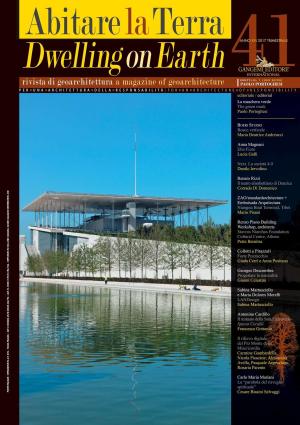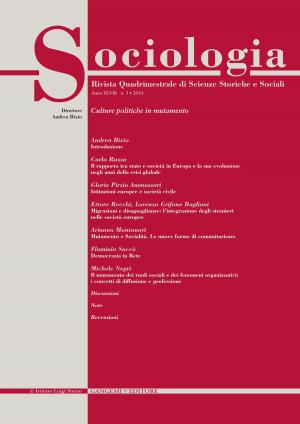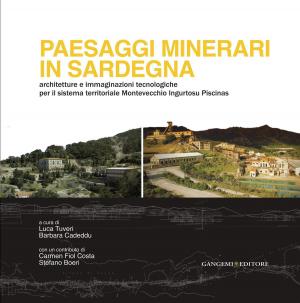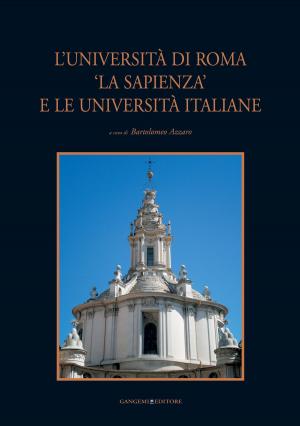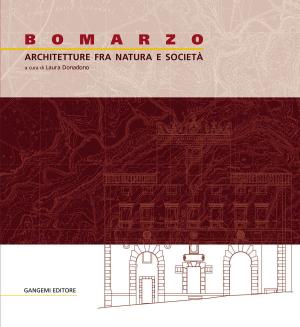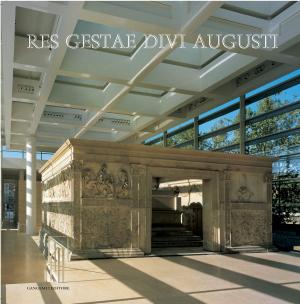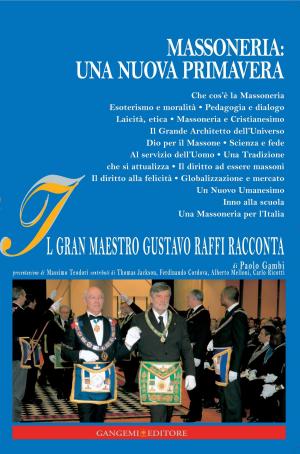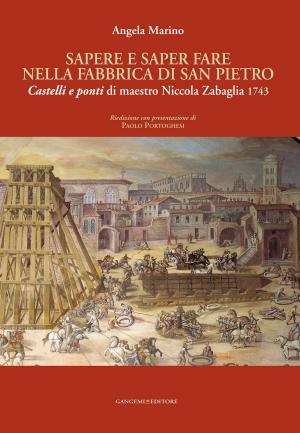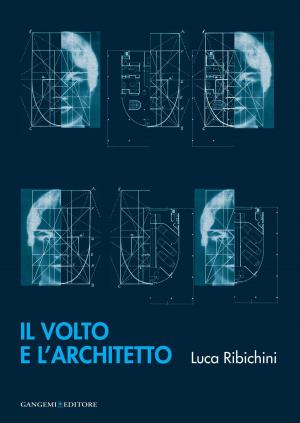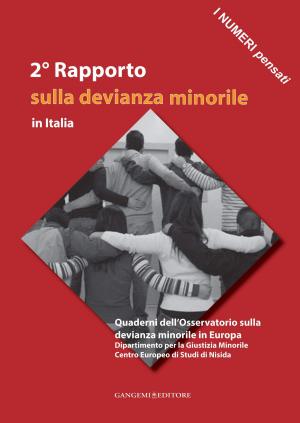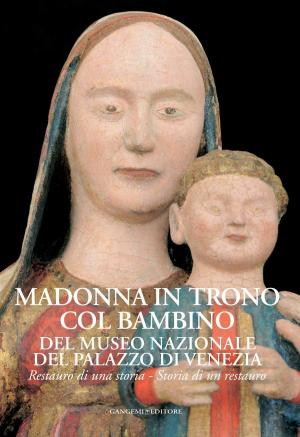Textile tools from the Ager Faliscus Area in the Iron Age: Are they always functional tools?
Published in Origini n. XL/2017. Rivista annuale del Dipartimento di Scienze dell’Antichità – “Sapienza” Università di Roma | Preistoria e protostoria delle civiltà antiche – Prehistory and protohistory of ancient civilizations
Nonfiction, Social & Cultural Studies, Social Science, Archaeology, Anthropology| Author: | Maria Anna De Lucia Brolli, Romina Laurito | ISBN: | 9788849243093 |
| Publisher: | Gangemi Editore | Publication: | January 24, 2019 |
| Imprint: | Gangemi Editore | Language: | English |
| Author: | Maria Anna De Lucia Brolli, Romina Laurito |
| ISBN: | 9788849243093 |
| Publisher: | Gangemi Editore |
| Publication: | January 24, 2019 |
| Imprint: | Gangemi Editore |
| Language: | English |
Published in Origini n. XL/2017. Rivista annuale del Dipartimento di Scienze dell’Antichità – “Sapienza” Università di Roma | Preistoria e protostoria delle civiltà antiche – Prehistory and protohistory of ancient civilizations | Textiles and their making were important parts of all fields of life in ancient Italy. Evidence for textiles in Central Italy is scarce and rare due to their extremely poor preservation. The numerous presence of textile tools is the main evidence for spinning and weaving activities. These – although their exact function is not always obvious – permit us to gain valuable information about many and varied aspects of textile production in the pre-Roman Italy. The focus of this paper is the equipment of textile tools coming from the Ager Faliscus of the 8th-5th centuries BC and the differences between the finds from different archaeological contexts. Many textile tools were discovered in the female burials excavated at Narce and Falerii and dated to the 8th-7th century BC, primarily spindle whorls, distaffs and spools. On the other hand, spinning and weaving tools were also found in later sanctuaries and votive deposits in both sites. Our main question is: were the textile tools deposed in the sanctuaries and tombs practical objects used in everyday life or were these tools made specifically for votive and funerary contexts? The answer to this question has important implications for the reconstruction of textile production and for the understanding of ritual practices in Iron Age Italy. An innovative combination of different approaches has been employed: morphological and techno-functional analysis of the textile tools with the careful examination of the archaeological contexts. On this occasion, the validity of our approach and the still unresolved questions will be discussed, and the preliminary results of our ongoing research will be illustrated.
Published in Origini n. XL/2017. Rivista annuale del Dipartimento di Scienze dell’Antichità – “Sapienza” Università di Roma | Preistoria e protostoria delle civiltà antiche – Prehistory and protohistory of ancient civilizations | Textiles and their making were important parts of all fields of life in ancient Italy. Evidence for textiles in Central Italy is scarce and rare due to their extremely poor preservation. The numerous presence of textile tools is the main evidence for spinning and weaving activities. These – although their exact function is not always obvious – permit us to gain valuable information about many and varied aspects of textile production in the pre-Roman Italy. The focus of this paper is the equipment of textile tools coming from the Ager Faliscus of the 8th-5th centuries BC and the differences between the finds from different archaeological contexts. Many textile tools were discovered in the female burials excavated at Narce and Falerii and dated to the 8th-7th century BC, primarily spindle whorls, distaffs and spools. On the other hand, spinning and weaving tools were also found in later sanctuaries and votive deposits in both sites. Our main question is: were the textile tools deposed in the sanctuaries and tombs practical objects used in everyday life or were these tools made specifically for votive and funerary contexts? The answer to this question has important implications for the reconstruction of textile production and for the understanding of ritual practices in Iron Age Italy. An innovative combination of different approaches has been employed: morphological and techno-functional analysis of the textile tools with the careful examination of the archaeological contexts. On this occasion, the validity of our approach and the still unresolved questions will be discussed, and the preliminary results of our ongoing research will be illustrated.
